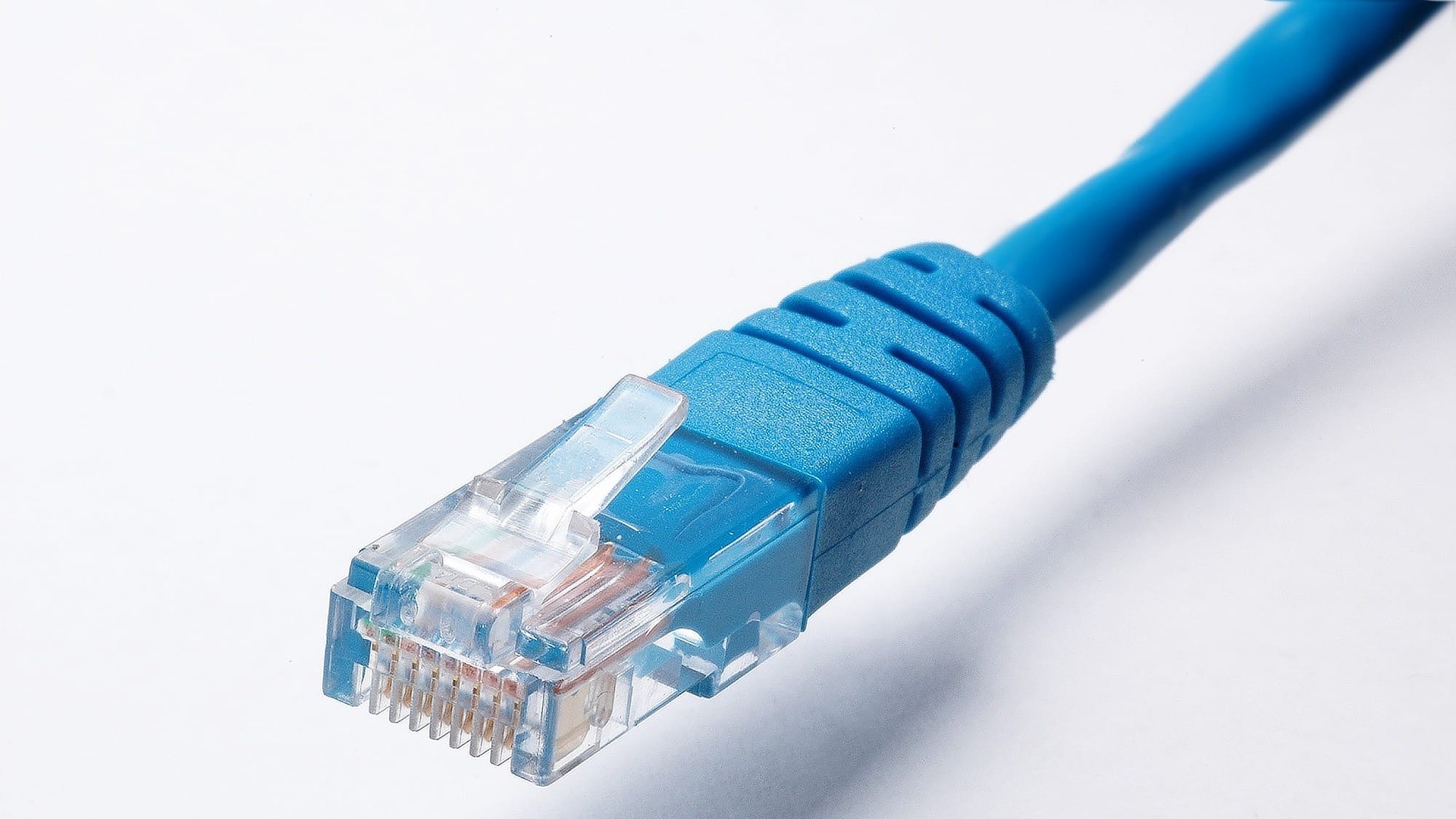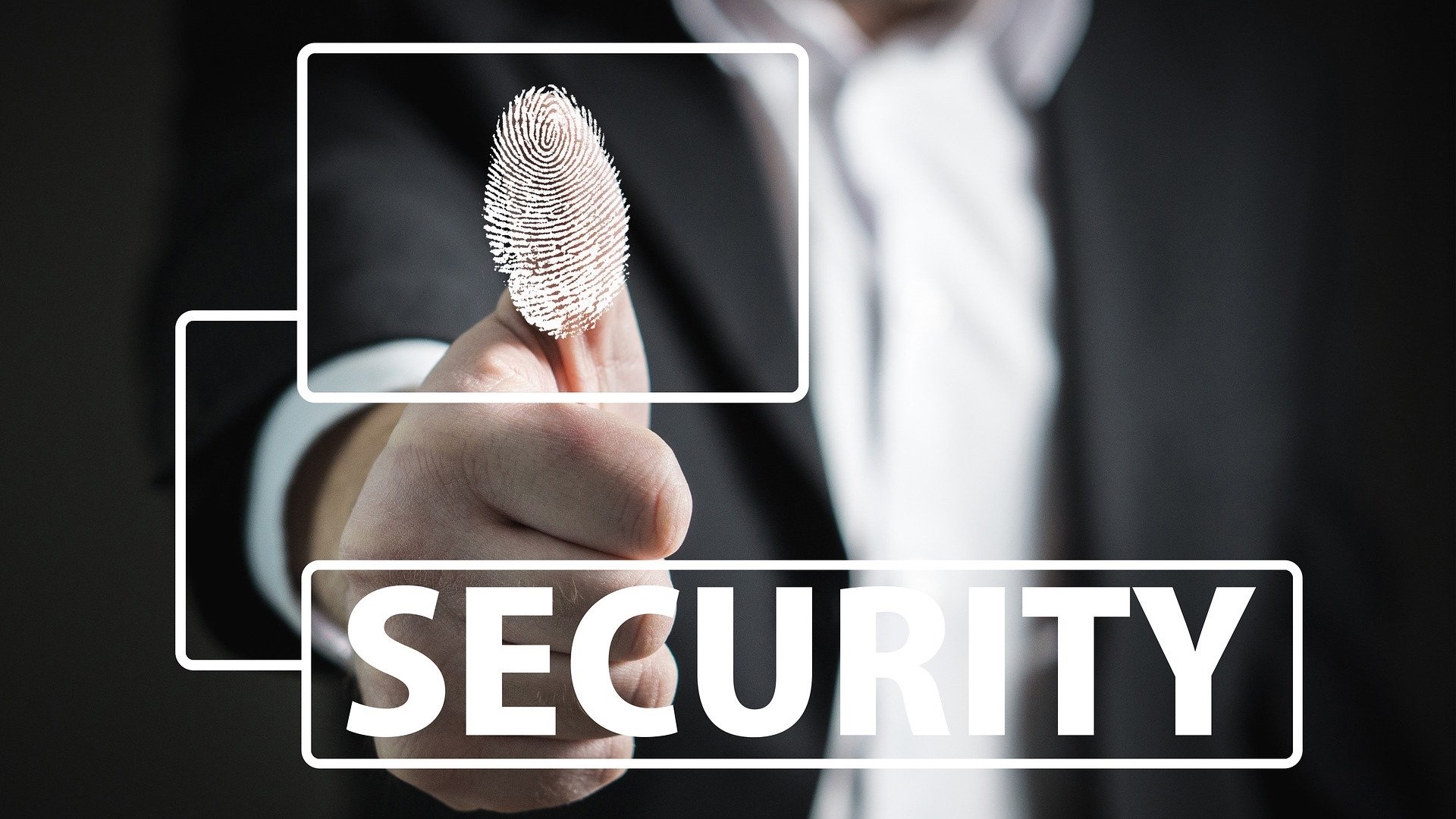What is an ACS? Everything you want to know about access control systems
Secure every entry point to your business with an access control system

Every business and facility needs to have a plan for its security. Rather than having an isolated plan to protect entry points, with another system to control security, and yet another that does video, there has been a push for integration between each of these systems to create a cohesive whole.
Having an access control system allows a facility- whether large or small- to be able to control access to entry points. Rather than just leaving doors open and unprotected, an access control system will be in control of which users will have access to each area- and which will be denied. As detailed above, this then forms the cornerstone of a security system by restricting access to certain areas.
- We've put together a list of the best security camera systems for your business
- These are the best secure routers on the market
- Also check out our roundup of the best security keys
An access control has multiple components to accomplish this simple, but crucial task of controlling access to certain portals in a facility. It starts with an electronic lock. Some systems supply a proprietary one that is designed to work specifically with the system. While this can be advantageous, such as being able to deal with a single vendor if an issue arises, this can also be a downside, as this limits choice. Also, proprietary hardware may cost more than if there is price competition among vendors for that particular piece of the system.
Another piece of the hardware infrastructure of an access control system is the card reader. This is the device that interfaces with the user. The most common approach is an access card, with a wireless interaction to a proximity reader. Things to look for is if the card reader adheres to an open standard or is a proprietary component. Some systems can work with another manufacturer’s card reader, which can be incredibly useful when upgrading an older system from a different manufacturer.

There are also options in how card readers get their power, and are connected. This can also figure into the cost of installation, and also the ongoing power costs. For a higher level of security, the connection can be made with a wired, Ethernet cable, but this requires running Ethernet to each card reader. For convenience, and lower cost some readers can connect wirelessly. However, this is inherently less secure with potential for wireless codes to be poached as they travel back and forth through the air- just like the wireless code for your router.
Power to the card reader also has options. The first option is to power the card reader via a direct connection to household power, such as via a plug into an outlet, or directly wired. Another attractive option is to piggy back the power onto the Ethernet cable, known as Power over Ethernet (PoE). This has the advantage of being able to run a single cable which can supply both the power, and the internet connection, which simplifies installation, both for the device, and from the standpoint of the larger infrastructure of the facility.
The other thing with the card reader are the other available options. For example, in lieu of the card reader, a numeric keypad can be used. These are less secure solutions, but offer the advantage of a lower cost point- directly with the lack of a card reader, and then secondarily as the access cards are not required, and there is no maximum number of users.
Sign up to the TechRadar Pro newsletter to get all the top news, opinion, features and guidance your business needs to succeed!

At the other end is biometric security. These devices are designed to verify what is unique about an individual, and also in some advanced cases, to verify that the user is alive. A common solution is a fingerprint reader, which combined with use of an access card brings an even higher level of security to the access control system. Alternatives exist, such as an iris scanner, a retinal scanner, a palm scanner, and a hand vein scanner. Each has their pros and cons, but are designed to protect more than just a card that can be lost, and then has the potential to be illicitly used.
Access cards are another critical component to consider, which have a myriad of options. The traditional approach is the plastic, credit card sized card, which interfaces at a near distance with the proximity card reader. There are various technologies around this, including the standard with which the card interfaces with the reader. Options exist for both proprietary and open standards with which the card interfaces with the reader, and at various encryption protocols. There are also possibilities to integrate the access card into a printed ID badge. These can either be created on site with an ID badge printer, or in some cases outsourced.
Some companies have equipment that does away with the traditional access card completely. Substituting can be a smartphone app, that makes it convenient to have your access with you at all times. Alternatively, a smartphone watch can also function as an access card. While these options are cost effective, and quite convenient, be aware that they are not considered the most secure of solutions.
Servers are another area where there are options as well. The traditional option has been for the access control system to run off a local server. This has the advantage of local control, but does increase the burden to the IT department, and also presents issues with data backup. Many facilities, particularly smaller ones, find it advantageous to not run the access control server locally, and rather to take a cloud based approach. This also has the benefit of offloading the need for data backup to the cloud as well, rather than dealing with it locally.
With so many options, the right access control system can be tailored for just about any facility. This really is the state of the art way to control access to both the entry of the facility, along with movement throughout the facility. This then forms the basis of security throughout an entire area, far more effectively that just an alarm system can do. By integrating access control with additional security measures, along with video, a facility can rest assured that it has done its due diligence to secure itself.
- We've also highlighted the best access control systems
Jonas P. DeMuro is a freelance reviewer covering wireless networking hardware.